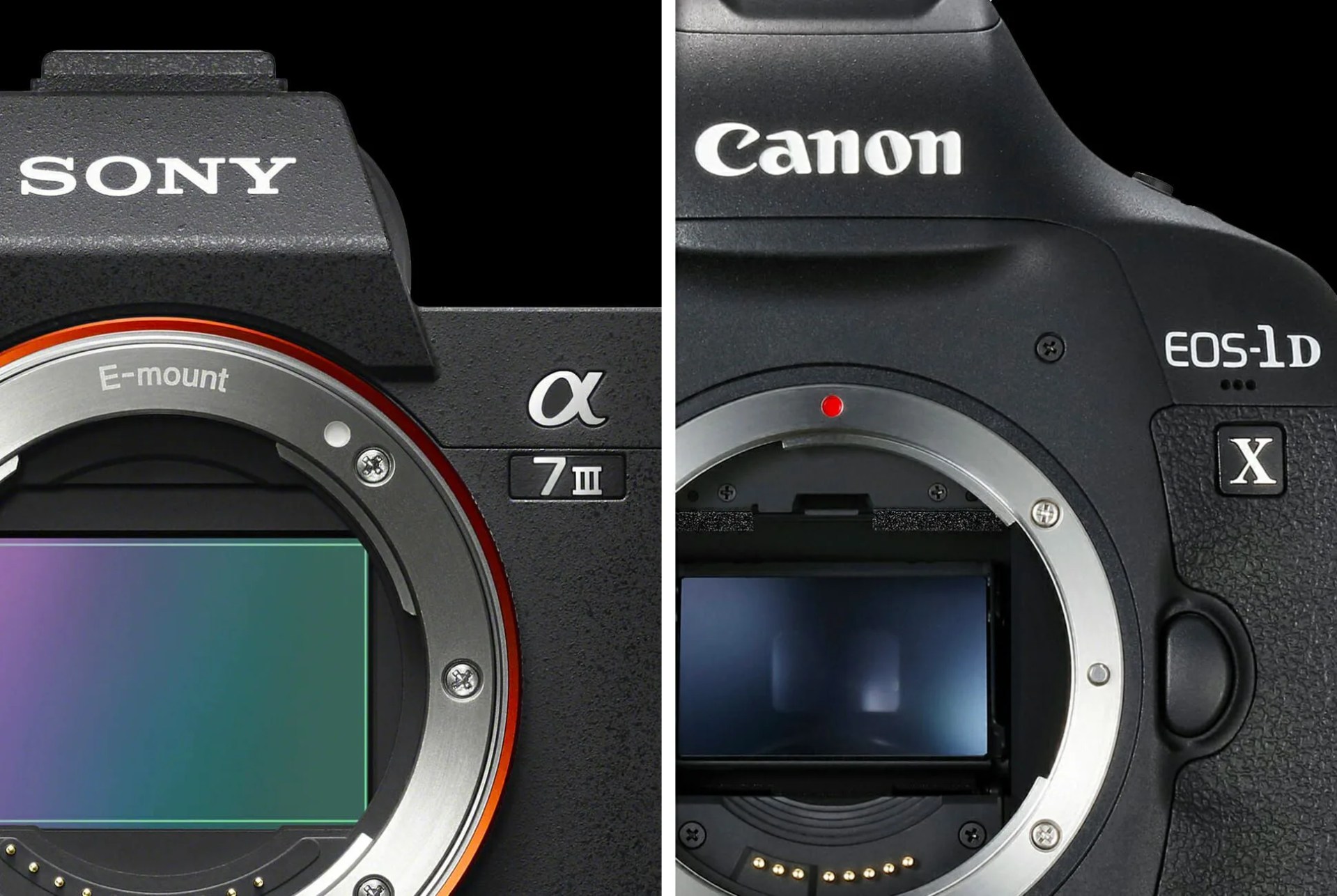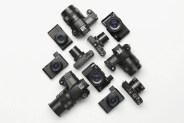In recent months, an interview with an executive from camera manufacturer Ricoh, owner of the Pentax brand, as well, caused a stir in the photography community thanks to the interview subject’s claim that DSLR photographers who switched to mirrorless cameras would eventually switch back to the tried-and-true technology.
Hiroki Sugahara, a marketing executive, argued that the mirrorless cameras were still the newcomer, and largely drawing interest because of that, and that DSLRs have their own benefits – namely, the fact that photographers can see the image as it truly is in real life through the optical viewfinder, as opposed to the processed view generated by the electronic viewfinders used by mirrorless cameras. They can then “think how they can create their pictures and then imagine how they can get [the results they’re seeking],” he said.
Sugahara’s comments may smack of wishful thinking on the part of a company that lags well behind Nikon and Canon in mirrorless products, companies who themselves are lagging miles behind Sony in terms of mirrorless technology development — and indeed, the photo community was largely baffled by the argument. After all, the key benefit of the EVF in mirrorless cameras is the fact that they present the view as your camera is being set up to capture it, based on your settings. You’re then able to tune the image before you shoot it rather than having to keep shooting then looking down at the rear display and adjusting from there. Want to see the image as it truly is? Use your own eyes and just back away from the camera for a sec! Besides, with all the stats pointing toward the rise of the mirrorless camera in dominance, wouldn’t such thinking be, at best, a bit delusional?
For converts — full disclosure: like me — sure. Mirrorless is the way forward, and everything else is old-school. DSLR’s are the gasoline engines to Tesla’s pure electric drive. Except, that is, for a few niggling details. One, DIY Photography ran a survey with their piece referenced above asking readers about switching from DSLR to mirrorless. A perhaps surprising 42 percent said they were sticking with DSLRs, and only 31 percent indicated they’d switched to mirrorless. Seventeen percent said they shoot both, 7 percent said they’ve only ever shot mirrorless, and –– to Sugahara’s point specifically –– only 3 percent said they flipped to mirrorless then flipped right back to DSLR.

Another wrinkle: The simple fact that Canon and Nikon continue to dominate among professional photographers. I attend and/or shoot many events where pro photographers are working — car races and other sporting events, press conferences, product launches, aviation and space events, magazine photo shoots, and more. Overwhelmingly, DSLR’s are still dominant. I see mirrorless Sony A7’s in the mix here and there, but for the most part, it’s Canon and Nikon all the way.
Why is this so? In part, it’s due to the high costs associated with abandoning one system for another, and specifically the pain of rebuilding a large lens collection — even though lens adapters have diminished this onus somewhat. (Professional photographers will always prefer matched lens and bodies, though.) Also, the benefits of mirrorless cameras are, to many, merely incremental. Many photographers are well acquainted with how to expose for a multitude of scenarios, and they are perfectly happy to shoot through optical viewfinders or simply use the live preview mode that essentially does the same thing as a mirrorless camera’s EVF, just exclusively on the rear LCD screen rather than through the viewfinder.

